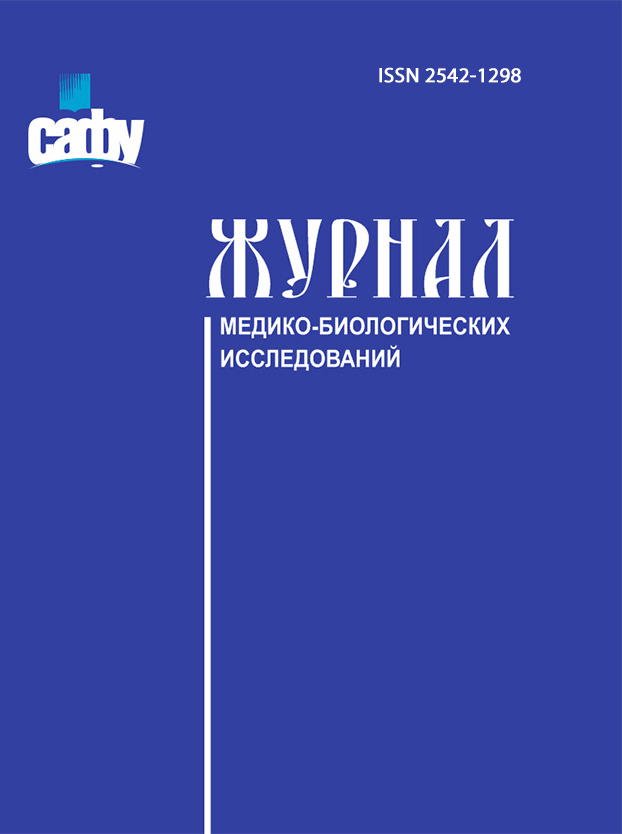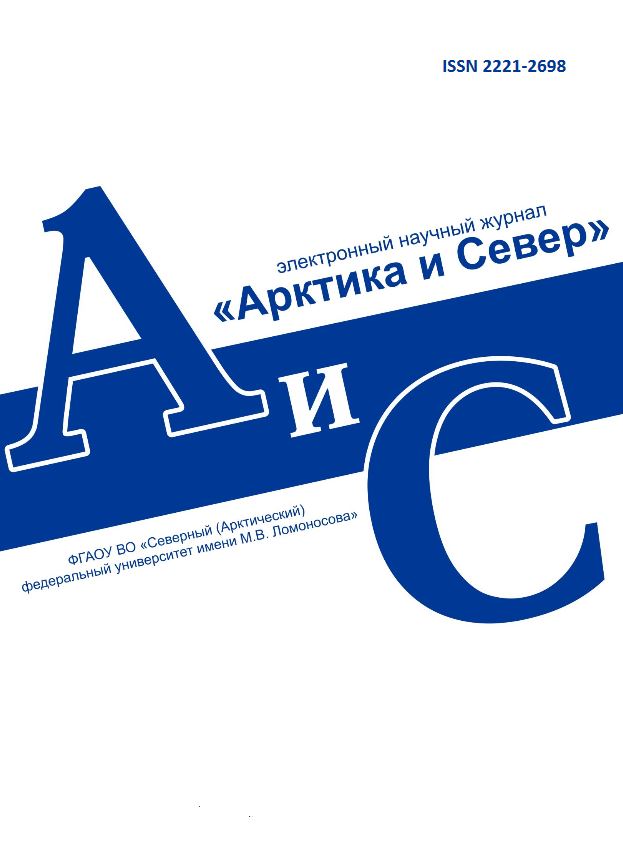
Vestnik of Northern (Arctic) Federal University.
Series "Humanitarian and Social Sciences"
ISSN 2227-6564 e-ISSN 2687-1505 DOI:10.37482/2687-1505
Legal and postal addresses of the founder and publisher: Northern (Arctic) Federal University named after M.V. Lomonosov, Naberezhnaya Severnoy Dviny, 17, Arkhangelsk, 163002, Russian Federation Editorial office address: Vestnik of Northern (Arctic) Federal University. Series "Humanitarian and Social Sciences", 56 ul. Uritskogo, Arkhangelsk
Phone: (8182) 21-61-20, ext. 18-20 ABOUT JOURNAL |
Section: Linguistics Download (pdf, 0.4MB )UDC81’255:811.581DOI10.37482/2687-1505-V321AuthorsIrina N. FilippovaDr. Sci. (Philol.), Assoc. Prof., Assoc. Prof. at the Department for Translation Studies and Cognitive Linguistics, Federal State University of Education (address: ul. Very Voloshinoy 24, Mytishchi, 141014, Moskovskaya obl., Russian Federation). e-mail: little_lion06@mail.ru, ORCID: https://orcid.org/0000-0001-6799-2065 AbstractThis article presents an analysis of various methods of translating foreign cultural colouring in works of fiction. An exotic culture (Chinese) is mediated by the author’s native language (British English) and then serves as an object of translation for a foreign-language target audience (Russian-speaking). Such a double ethnolinguistic barrier is overcome by translators in different ways, involving various strategies. The analysis focused on Robert van Gulik’s novels The Emperor’s Pearl and Necklace and Calabash from the English-language crime fiction series about Judge Dee, translated into Russian by Zh. Grushanskaya, I. Mansurov and O. Zavyalova with a minimal time gap. The research methodology is based on comparative and contextual analysis as well as analysis of dictionary definitions using lexicographic sources. In addition, the methods of analysis and synthesis, generalization and abstraction, classification, interpretation, and description are applied. Realia as fragments of the linguistic and conceptual worldview of mediaeval China are actively used by van Gulik to create a specific colouring of Chinese culture, exotic for Europeans. From British English into Russian, they are translated by means of various techniques reflecting different translation strategies. The multiple solutions include foreignization with explanatory translation, domestication, omission and elimination of national specifics. The translation variability revealed is determined by the individual translation style due to the levelling of other factors of translation multiplicity, since the time gap between the translations is minimal, the target audience is homogeneous, and the direction of the interlanguage and intercultural contact is one-dimensional. The identified errors in translation solutions deviating from adequacy are caused by pseudo-equivalence traps and incorrect strategies for conveying foreign cultural realia in a doubly mediated translation.Keywordsforeign cultural colouring, translation, translation strategy, realia, interlingual transformation, translation adequacyReferences
|
Make a Submission
INDEXED IN:
|
Продолжая просмотр сайта, я соглашаюсь с использованием файлов cookie владельцем сайта в соответствии с Политикой в отношении файлов cookie, в том числе на передачу данных, указанных в Политике, третьим лицам (статистическим службам сети Интернет).






